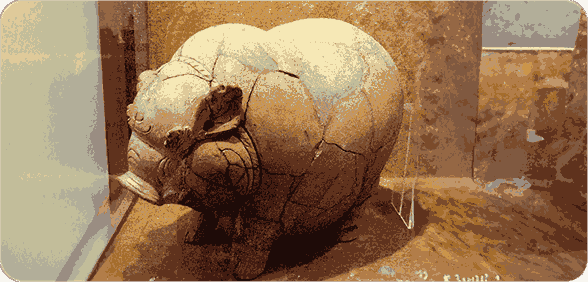Back in the 15th century, people used clay for making everyday stuff like plates and pots. Since metal was a luxury, safety boxes or safes, as they have been called for ages, were very uncommon. So, the common folk would just make pots of clay and toss in their savings, affectionately calling them ‘pygg’ banks or jars.
In Saxon times, vowels were pronounced differently, so, ‘Pygg’ was called ‘pug’ and so on. To complicate things a little more, the pronunciation of ‘pygg’ later shifted from U(‘uh’) to an ‘I’. That made the clay ‘pygg’ sound like the animal ‘pig’. Since pigs had a habit of rolling around in ‘pygg’ the muddy connection stuck in people’s minds.

Enter English potters with a sense of humour. They started shaping ‘pygg’ pots into adorable piggy forms, just for the fun of it. And guess what?
It caught on like wildfire! People began requesting for pig-shaped ‘pygg’ pots, and slowly but surely, the original clay connection faded away. Fast forward to the 19th century! English potters were cranking out pig-shaped pots left and right. It became the norm, and folks forgot that the term ‘pygg’ was once about clay.
So, that’s the whimsical tale of how piggy banks wiggled into our lives. Piggy banks are adorable, but let’s face it, one literally has to break one open to “break” into their savings, and they don’t even make your money grow. Surely not by 12% every year! But what if something did give such returns, and came with the luxury of withdrawing freely?
Intrigued?
